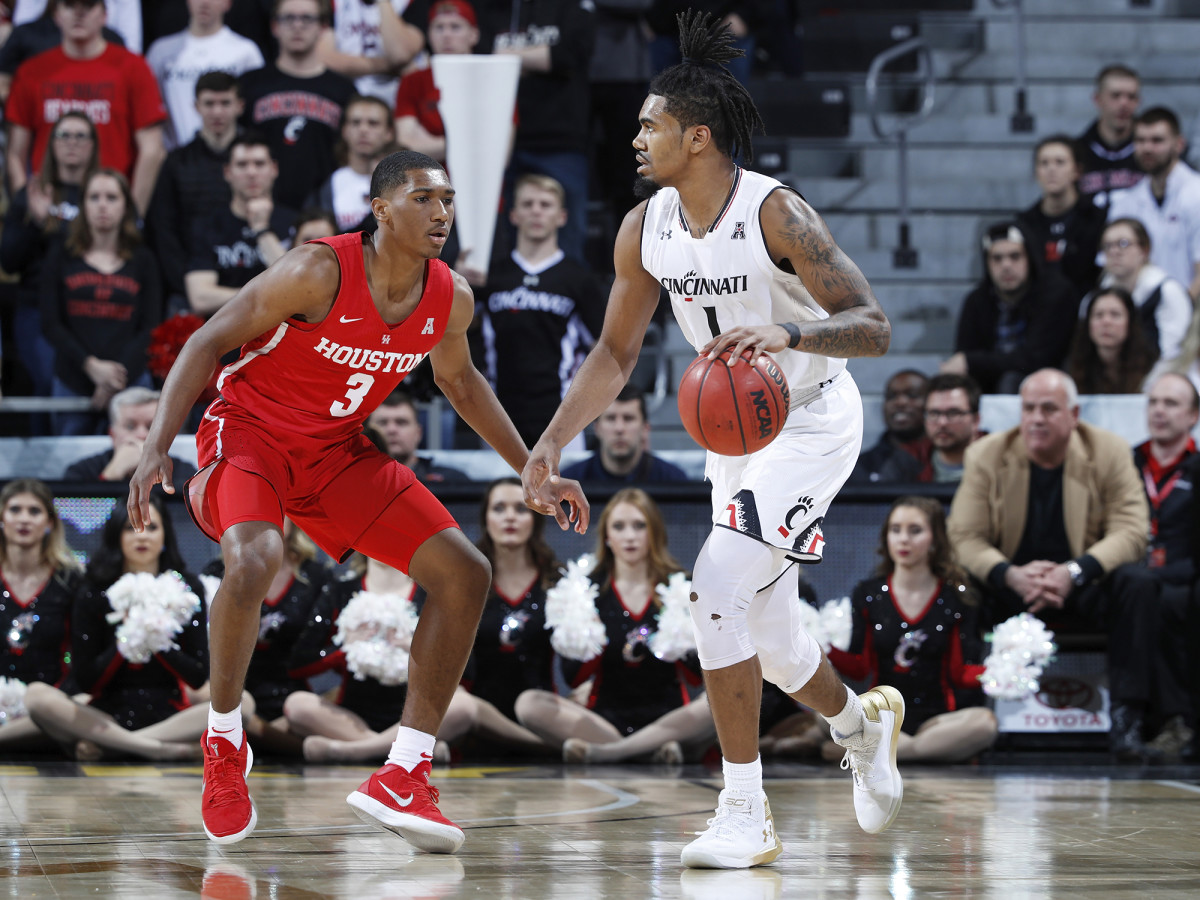How to Win Your March Madness Pool with Science

There are two eternal truths when is comes to winning an NCAA bracket pool. First of all, you can never have too much information. We've got plenty of that here at SI, from a breakdown of every region in the tournament to a list of likely upsets to our expert picks and predictions for the entire bracket.
But the other truth is this: you can't win your pool by making the same picks as everyone else you're competing against. After all, if every pick is identical, it would have to all end up in a tie. To take home the prize, you have to depart from the consensus picks, and make good decisions about lesser-known teams who have a good chance of pulling off surprises. It's great to rely on the wisdom of the crowd, but to win your pool, you have to find teams that are under-valued or over-valued by the masses.
Six Top-Seeded Teams in the Most Danger of Losing Early in the 2018 NCAA Tournament
This is the ninth (jeez!) year that I've broken down the NCAA tournament field to try and find that kind of edge. Every time I think that I won't do this story, I get more messages on Twitter from people who have relied on these numbers to win their pools in the past, and I just can't quit. So, thank you to the core of fans who ask me about this each year, and welcome to those of you just discovering the joy of using math to try and hack the system.
Here's how it works: I gather the predictions of two of the most respected statistic-based projection systems: Ken Pomeroy's and the one from FiveThirtyEight.com. I then compare those projections to the choices made by people who have entered two of the largest online bracket contests: ESPN's and Yahoo's. When you compare the stats to the crowd, you get the numbers below.
Here's what those numbers mean. A positive number means that the stats think that a team is more likelyto win than the crowd does; a negative number means that the stats think that they're more likely to lose than the crowd's choices. Games that have more than a 10% difference between the two predictions are highlighted—green for good bets compared to the crowd and red for bad ones.
This year in college basketball has been wide-open, and you can see some of the results of that uncertainty in the chart above. The crowd is much more confident about the success of the top seeds than the projection systems—in fact, every No. 1 seed is over-valued by the crowd to make the Final Four. Virginia is a standout when it comes to this. They're the top pick of the crowd, winning in nearly 25% of brackets submitted, but the stats give them a slightly less than 1-in-5 chance of winning. That's a pretty big gap.
What you see at the top of the chart is a lot of red. That means that people are playing the chalk much more than the stats indicate they should. It's a hard tournament to figure out, but that volatility might make the conservative play counterproductive. One top seed does show up with a green box: Cincinnati. That's a result of Virginia getting more love from the crowd than they might deserve—if there's a defensive battle to get to the Final Four, the Bearcats have a real shot.

Looking down a little further, Houston is an interesting dark horse pick. The stats peg the Cougars as a having a 33% chance of making the Sweet Sixteen, but the crowd has only picked them 14% of the time. Seton Hall also seems to get short shrift, with most of the crowd picking them to lose to NC State, while the stats think they are a decent favorite to advance to the second round.
First round upsets are some of the best things in the tournament, and several teams jump out as decent longshots. Montana over Michigan is a 20% shot that no one is picking, and Loyola Chicago is nearly even money with Miami, although two-thirds of pool entries are picking the Hurricanes. The most interesting underdog in the first round might be Davidson. Stephen Curry's alma mater is given a 30% chance of knocking off Kentucky in the first round, but only 15% of people are picking it.
Now keep in mind, this is a high-risk and high-reward strategy. But since most pools only offer prizes for the very top entries, there's no reason to pursue a strategy that can, at best, place you in the middle of the pack. Good luck, and please let me know on Twitter (@markmcc) how you do. If you're looking for the complete set of data, you can find it on Google Sheets.
